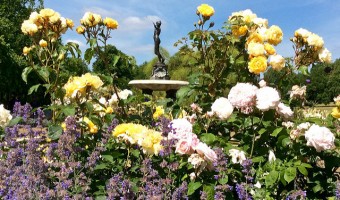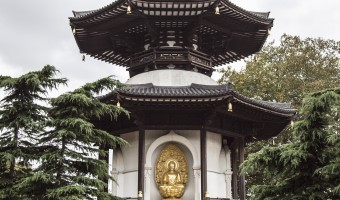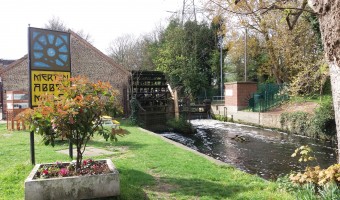Leaving zones 1-3 for the leafy lanes
London is significantly more than the towering skyscrapers, the rattling of the tube, the uniformed commercial streets and iconic symbols of British history. Greater London is in possession of some of the most idyllic parks and retreats in the United Kingdom. This piece uncovers some of London’s most relaxing retreats outside of Zone 1-3 that you might want to include on your trip plan.
Strawberry Hill House
Located in a residential area in Twickenham, Strawberry Hill House is an opulent white washed neo-Gothic villa surrounded by verdant plains that possess an orotund elegance. Designed by Horace Walpole - the son of the first Prime Minister of Britain, Sir Robert Walpole- in the early 18th century, Strawberry Hill House acted as a summerhouse for Britain’s ruling class. With an interior that straddles the erratic and eccentric, each room of Strawberry Hill House is an ensemble of object d’art born from different historical periods. In designing Strawberry Hill House, Walpole inspired a trend across London that is evident in countless neo-Gothic style buildings.
In addition to the stunning architecture and décor of Strawberry Hill House, the villa is surrounded by a leafy garden that is a perfect location to unwind in following a tour of the property. Walpole perceived the English garden to be a solace of perfection: “[the English] have given the true model of gardening to the modern world. Let it reign here on its throne, original by its elegant simplicity”. In spite of centuries passing, Strawberry Hill House Garden’s “elegant simplicity” rings true to the present day.
Strawberry Hill House is located in close proximity to Fulwell and Twickenham train stations. Horace Mann, Florentine expatriate and Walpole’s friend said in 1753: “the garden is an open grove through which you see a plain which is bounded by a serpentine wood of all kind of trees and flowering shrubs and flowers”.


Epping Forest
Outside of the concrete jungle of zones 1-3 lays an actual forest. Sprawling over 2,400 hectares (over 3,300 football pitches), Epping Forest is an ancient woodland on the periphery of Epping. Formerly a Royal Forest, Epping Forest is now owned by the City of London Corporation and is open 24/7, 365 days a year.
Epping Forest forms a viridescent link between London and Essex. Epping Forest contains areas of woodland, grassland, heath, rivers, bogs and ponds. Despite London’s perpetually increasing population, Epping Forest is a Special Area of Conservation.
Throughout the course of the year, Epping Forest hosts a number of activities: whether it's community walking and running, cycling, horse riding, angling, football or golf, Epping Forest hosts an activity for everyone. Owing to its regal history, Epping Forest still contains a Royal Hunting Lodge. Queen Elizabeth's Hunting Lodge is open to the general public and functions as a visitor’s centre, hosting exhibitions and special events. Additionally, three more visitor centres- The View, The Temple and Epping Forest Visitor’s Centre- function in a similar manner.
Epping is on the Central Line- the forest is a short walk or taxi journey upon arrival.
Gunnersbury Park
Gunnersbury Park is located in between Acton, Brentford, Chiswick and Ealing in West London. Gunnersbury Park was purchased from the notoriously affluent Rothschild family in 1925. Opened to the public in 1926 by Neville Chamberlain-the then Minister of Health- the park is currently managed by Ealing and Hounslow borough councils.
The park has a history that stretches back to the early 11th century. Gunnersbury is derived from Gunylda, the niece of King Canute- who resided in the area until 1044 when he was banished from England. Over the proceeding centuries, the park was passed between blue blood families; Sir Thomas Frowyk, Chief Justice of the Common Pleas and Sir John Maynard, a lawyer and politician during the rule of Oliver Cromwell owned the park at various times. In 1777, John Webb designed the Gunnersbury House in a neo-Palladian style consistent with the period. Throughout the course of history, Gunnersbury Park has undergone significant redevelopments due to a combination of dilapidation and negligence. However, considerable investment in the park has provided it with a new lease of life. The mansion is now a museum dedicated to the history of the park and the surrounding area’s history. One of the most fascinating articles in the museum is the armour of the Rothschilds. Acton Town tube station is the closest station to Gunnersbury Park.
Daniel Defoe, author of Robinson Crusoe, visited Gunnersbury in 1742: ”The Mansion stands on an eminence: from the Portico…you have an exceeding fine prospect of the County of Surrey, the river Thames…and a good prospect of London in clear weather…"


Ruislip Lido
Ruislip Lido has undergone many changes in its 200 years. The reservoir initially began life as a quick solution to provide water to Paddington residents. In 1805, land was purchased to construct the reservoir- but residents of a now defunct hamlet, Park Hearne, protested against the construction of the reservoir. Some stories indicate the army had to be called in to remove the residents in June 1811. Due to several disputes between companies tasked with the construction of the waterway to Paddington, it was never constructed. Instead, Ruislip gained a lake that provided a sanctuary for wildlife and city dwellers alike.
Ruislip Reservoir became an attraction for day-trippers who would travel on the new Metropolitan line to enjoy the idyllic countryside. Ruislip Lido Railway opened in 1945, although only at a third of its length today. Now, the railway is an integral part of the area and is perfect for families to witness the Woodland Centre and the conservation areas that surround the Lido.
2004 marked a significant chapter in the history of the Lido when, following investment from the local council, an artificial beach was constructed. On a warm summer’s day, when your toes are in the sand, it is possible to forget that central London is only moments away from Ruislip Lido.
In addition to the beach and railway, Ruislip Lido offers a range of other activities. The Waters Edge pub/restaurant and a tea room are located within proximity of the Lido, offering a retreat from the sun on a summer’s day. Ruislip is on the Uxbridge branch of the Metropolitan and Piccadilly lines.
Syon Park
Nestled in between Brentford and Kew, the luscious green plains of Syon Park contain one of London’s last great houses: Syon House. Syon Park, owned by the Duke of Northumberland’s family, stretches over 200 acres and offers a delightful backdrop to the architecturally bold Syon House.
The piece d’resistance of Syon Park is the immaculately preserved Syon House. Designed by venerated architect Robert Adam in the 1760s, Syon House has long been the refuge of Britain’s ruling class. The Duke of Northumberland’s family property in London had previously been Northumberland House until it was demolished. Constructed in a neo-classical fashion, the exterior of Syon House is typical of “Adam’s style” and is open to the general public. Adam’s eclectic presence in the building doesn’t end there: Syon House’s interior is a veritable collage of styles from different periods of antiquity. Romantic, Picturesque, Baroque and Mannerist styles and a dash of Gothic are all tangible influences on the interior.
Profoundly historic, the House holds a wealth of art within its grand classical interiors, while the park and gardens feel like deep countryside, although barely nine miles from Charing Cross. The ornately sculptured park lands feature kaleidoscopic flower beds and a plethora of soaring trees and lakes.
Visitors often travel to London carrying the notion that England’s capital is the apotheosis of the metropolis. Whilst this assessment of London is absolutely correct, Greater London contains some of the most serene and well-manicured parklands in the United Kingdom.
 Rural Retreats in Greater London
Rural Retreats in Greater London


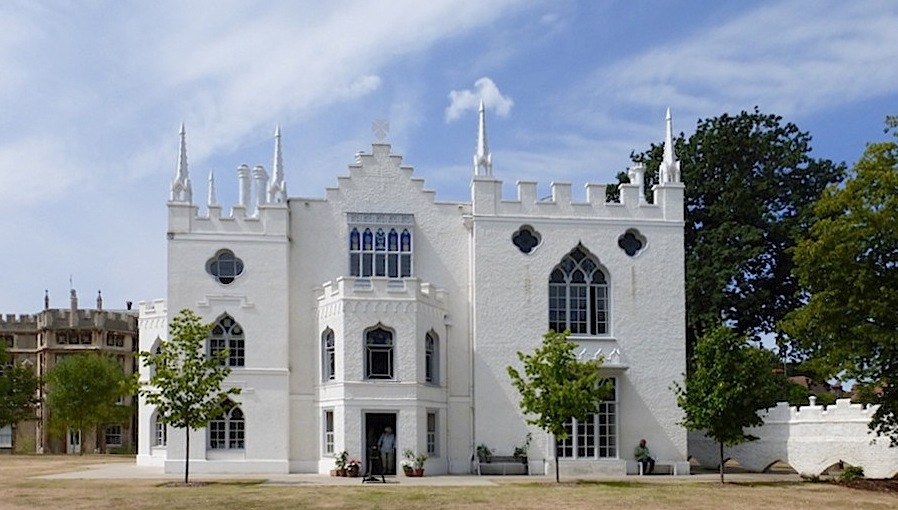
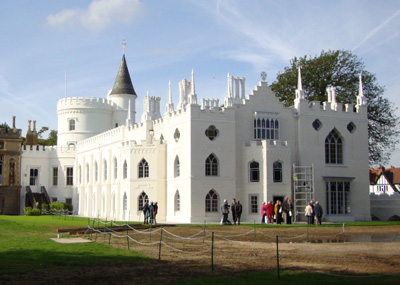

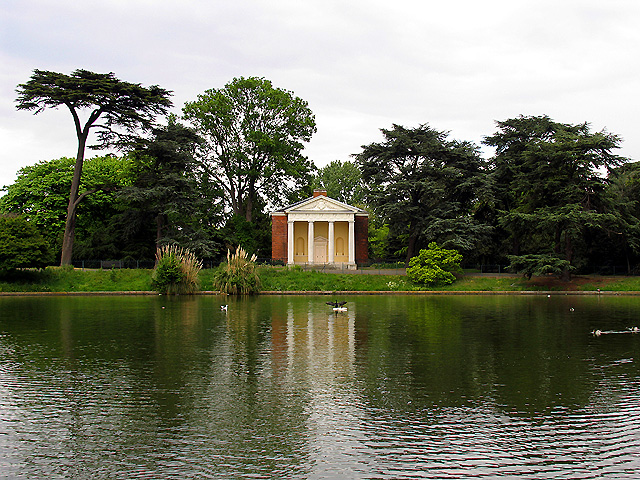
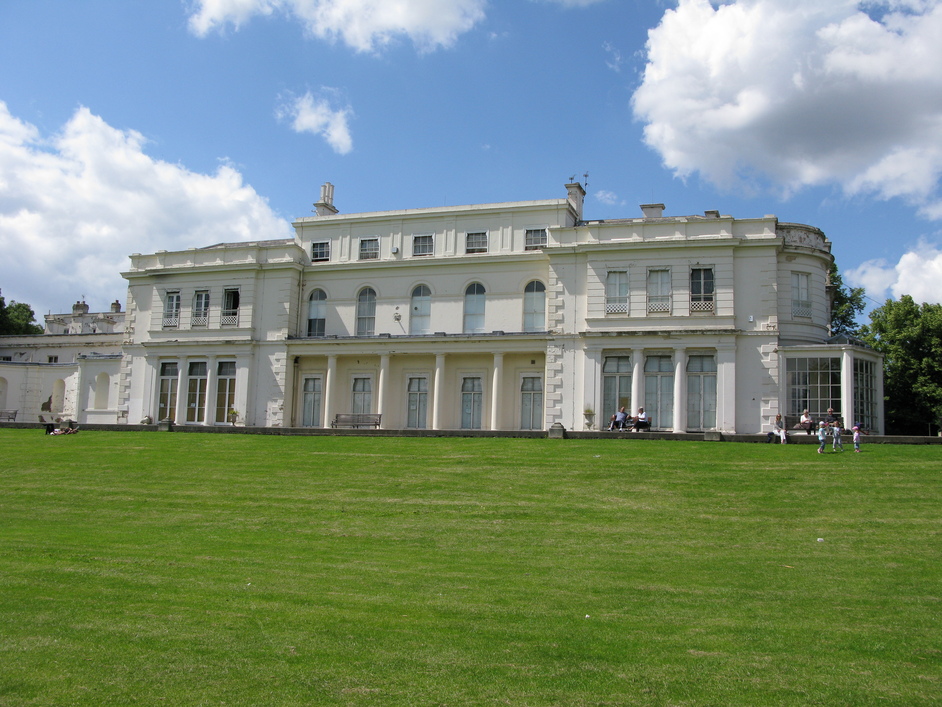
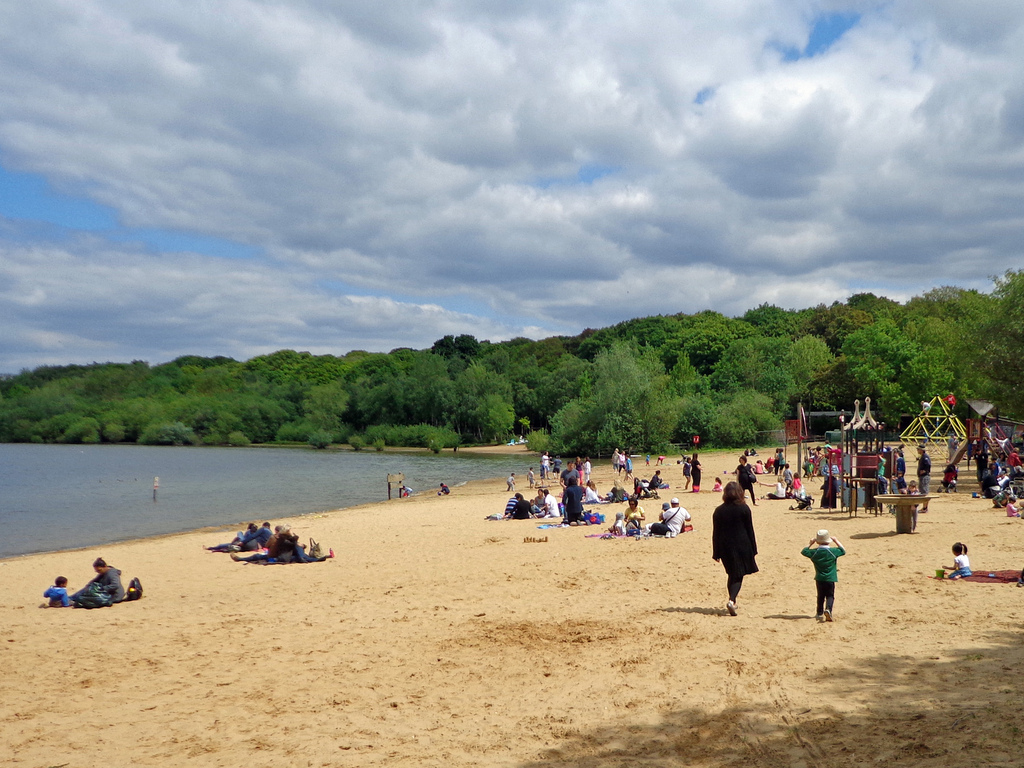
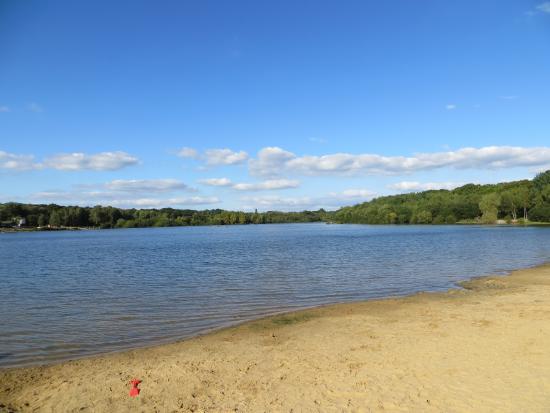
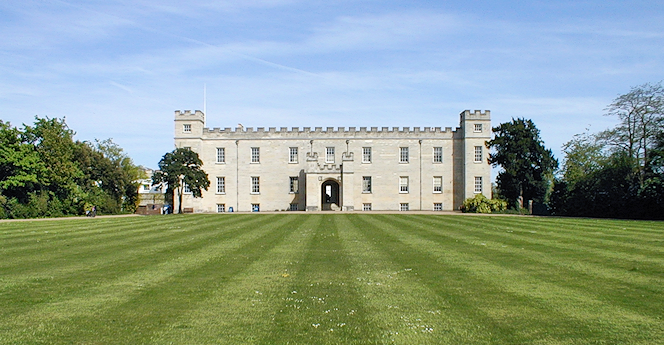
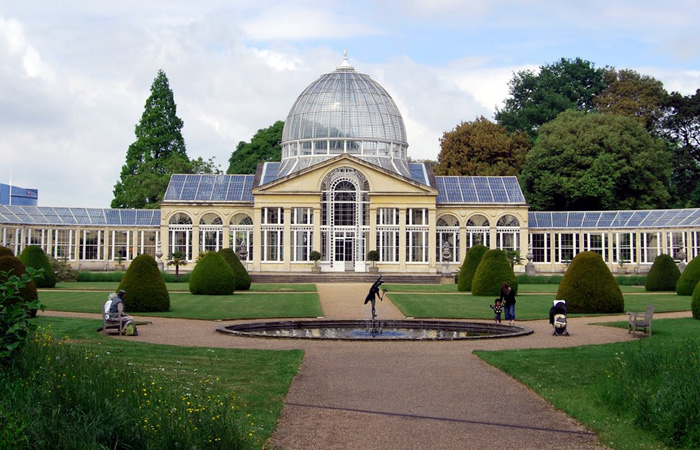
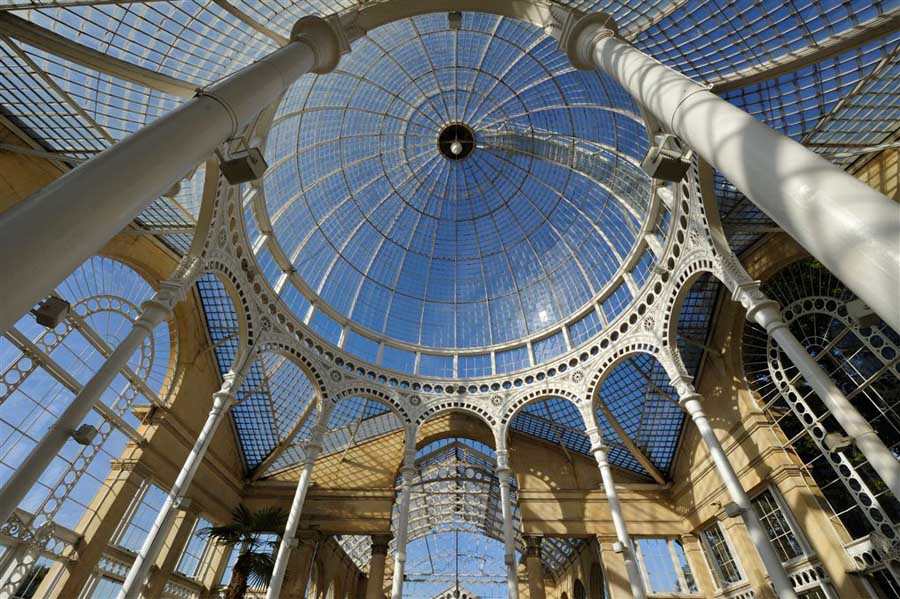
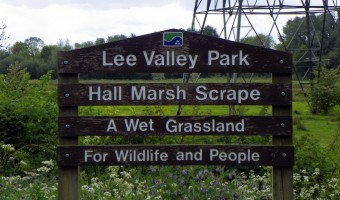
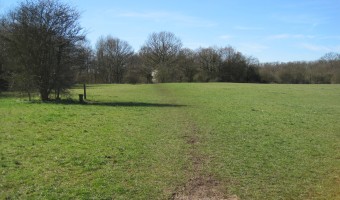
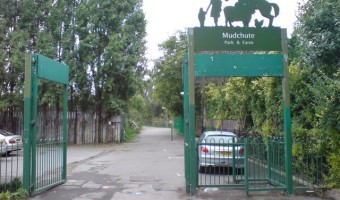
 Load more triptoids
Load more triptoids